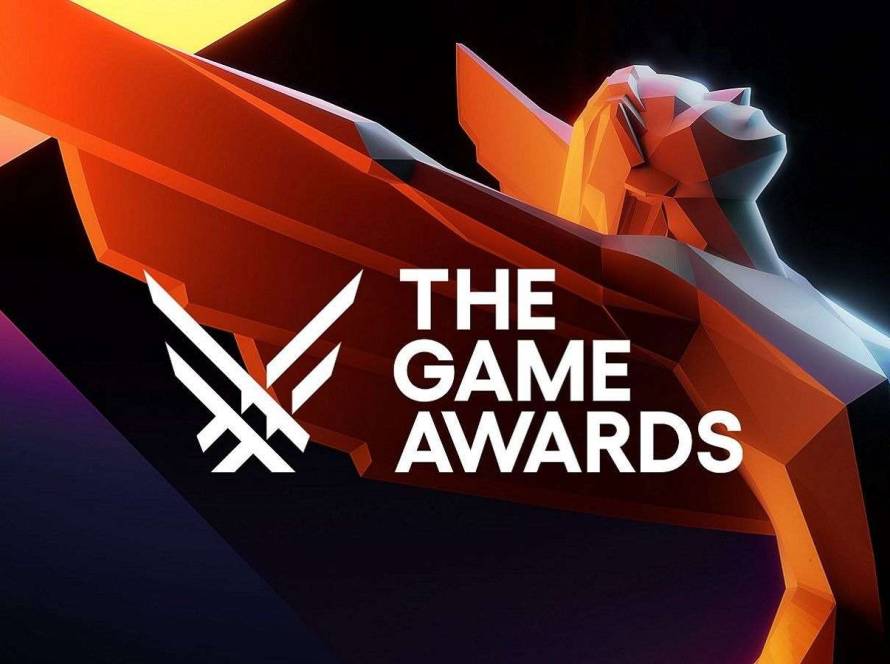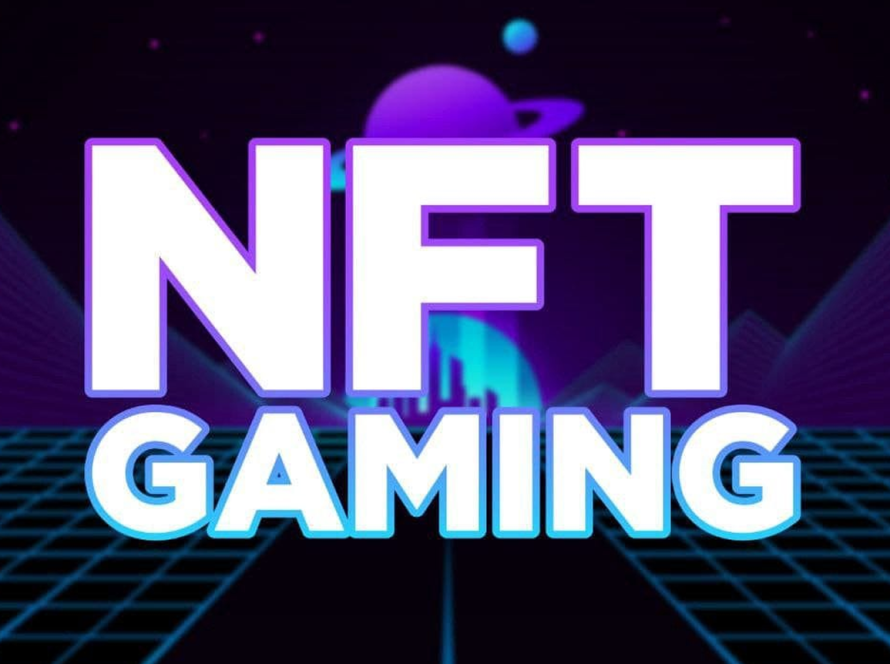The gaming sector stands on the verge of a revolution known as NFTs (Non-Fungible Tokens) – unique digital assets stored on the blockchain. This innovative platform holds the promise of completely transforming the gaming industry’s operations. Delve into “the game-changer: exploring the Intersection of gaming and NFTs” right here to gain a holistic perspective. By doing so, you can integrate NFTs into your 2D project to harness the potential for significant growth in the gaming industry.
Exploring the intersection of gaming and NFTs
NFTs in 2D games bring about a myriad of fresh opportunities for players and developers alike. Here’s the intersection of gaming and NFTs:
Enhancing ownership and exclusivity for players regarding items in 2D games
First and foremost, NFTs grant players the ability to fully own and exclusively possess items within 2D games by recording them on the blockchain. This is a significant advantage compared to traditional games. Many believe that NFTs create an in-game environment where we can enjoy items with exclusivity and long-term value. Surely, this will enhance player commitment and interaction with the game.
Players earning money from playing 2D games through NFTs trading
With the use of NFTs, players can earn real money by owning, buying, or participating in activities within the game. Moreover, integrating NFTs with the concepts of Play-to-earn, GameFi, and Metaverse also opens up a new world of gaming experiences. Players are not only playing games for fun but also have the opportunity to earn real money through owning and trading NFTs within the game. Now, gaming is not just entertainment but also a chance to make money.
Additionally, the combination of NFTs and games also promotes the development of player communities and stimulates creativity in creating and trading in-game items. Many even view collecting NFTs as a financial investment opportunity.
The benefits of using NFTs in 2D games
The benefits of using Non-Fungible Tokens (NFTs) in 2D games for game developers are diverse and promising. They include:
- Increasing uniqueness in the game: NFTs enable developers to create exclusive, valuable items, characters, and costumes in 2D games. This contributes to a diverse and unique gaming experience, attracting and retaining players.
- Enhancing interaction and commitment to your game: Ownership and management of NFTs create a sense of exclusivity and ownership for players, fostering their interaction and commitment to the game. They feel more valued when owning rare and unique items.
- Creating additional income streams: NFTs offer opportunities to create valuable items that players can buy, sell, and trade on the NFT market. This can generate additional income for developers through selling NFTs or sharing revenue from NFT transactions in the game.
- Fostering community engagement: NFTs can stimulate interaction and collaboration among players within the gaming community. They can trade, share, and even create community activities around owning and trading NFTs.
- Opening up new business models: By using NFTs, developers can create new business models such as Play-to-Earn, GameFi, and Metaverse, opening up opportunities to attract new players and increase income from the game.
Overall, integrating NFTs into 2D games brings a wide range of benefits, from enhancing player engagement to creating new revenue streams and business opportunities.
Challenges when using NFTs in 2D games
- Volatility: The value of NFTs can fluctuate significantly, posing risks for players.
- Environmental impact: Using blockchain to store NFTs can consume substantial amounts of energy.
- Integration difficulties: Integrating NFTs into existing games can be challenging.
- Legal issues: There are still many legal debates surrounding the legality of NFTs.
See more: The Next Boss Battle: Challenges and Opportunities in 2D Game Art NFTs Marketplaces
Applications of NFTs in 2D games
With the intersection of gaming and NFTs, 2D game developers can apply NFTs in various ways. Here are some suggestions for you:
Ownership of in-game items
NFTs can represent items, characters, and costumes in 2D games, providing players with exclusivity and collectible value. For example, “Crypto Kitties” and “Axie Infinity” are prime examples of using NFTs to own and trade in-game items.
Play-to-earn
Developers can design systems allowing players to earn real money by playing the game, completing tasks, and owning NFTs. Play-to-earn not only introduces new and exciting business models for developers but also boosts player engagement and commitment.
Game Fi
By integrating game mechanics with decentralized finance (DeFi), developers can create features like borrowing, lending, and staking within 2D games. “Aavegotchi” and “Alien Worlds” exemplify the combination of gaming and DeFi through NFT usage.
Metaverse
Additionally, game developers can create Metaverse experiences for players, where they can interact with each other and own NFT assets. This involves crafting a multi-dimensional virtual world, opening up opportunities for socialization and creativity. “Decentraland” and “The Sandbox” are examples of creating Metaverses using NFTs.
Advice for game developers looking to use NFTs in 2D games
- Thorough research: Before implementing NFTs features into your game, ensure that you have thoroughly researched NFTs and understand how they function. Learn about the standards, protocols, and blockchain platforms you intend to use.
- Choose a suitable solution: Select a blockchain and NFTs solution that aligns with the specific needs of your 2D game. Consider factors such as security, cost, openness, and scalability of each solution before making a decision.
- Focus on player experience: Ensure that the NFTs feature in your game enhances the gaming experience for players. Design NFT items and related features logically and engagingly to increase creativity and uniqueness in the game.
- Consider risks: Before implementing NFTs features, carefully consider and evaluate the potential risks associated with using NFTs in your game. This may include market volatility, security issues, and the environmental impact of blockchain usage.
In general, integrating NFTs into 2D games can bring many benefits, but it also requires caution and thorough research to ensure that this feature is implemented effectively and safely.
In Conclusion
In summary, the intersection of gaming and NFTs not only enhances ownership and exclusivity for players regarding in-game items but also opens up new opportunities and business models for game developers. We can fully expect a diverse, rich, and highly developed gaming ecosystem in the future. If you are interested in 2D game art, feel free to contact us for assistance.




